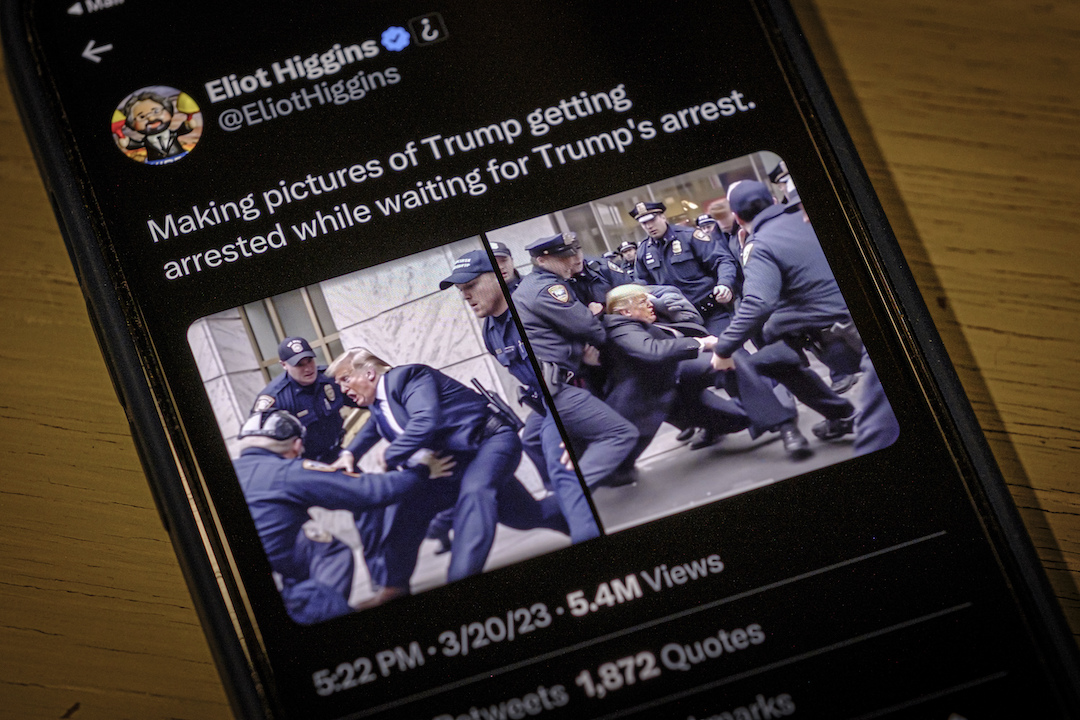Last fall, students at the University of Missouri, Columbia, made national news with protests against an administration that failed to act after a series of racists incidents. Those protests made news again when student journalists faced-off with a faculty member over access to a public space.
On Friday, the National Press Photographers Association and the University of Georgia’s Grady College of Journalism and Mass Communication will host a symposium on “First Amendment Issues in Public Spaces.” The symposium includes MU students Tim Tai and Mark Schierbecker, CNN’s Samira Jafari and Joe Johns and a crowd-sourced session on best practices with Kenny Irby, formerly of Poynter.
The idea for the event, said NPPA’s Mickey Osterreicher, is to come away with something tangible, not just to talk about what happened again, but “to better understand it and make it truly a teachable moment.”
Tips for journalists: Know your rights
“We’re going to look at the concept of the right to photograph and video and otherwise document events that transpire in public places,” said William Lee, a journalism professor at Grady, “and that’s going to tie into some recent developments that have been happening in the courts.”
Public versus private
Restrictions for the press at universities have made the news in the last year, and it’s important to distinguish between public and private universities, Lee said. In a purely private setting, the First Amendment is not in play.
“Now journalists in those places are in a very different setting than they are at public universities, so the rules change dramatically and the expectations change dramatically,” he said.
Even at public universities, there are distinctions.
“I’m real wary of people having the idea that the First Amendment permits them to go anywhere, even in a public university,” Lee said. “I frequently remind my students, when we’re in my classroom, we’re not in a public forum.”
Public universities also have spaces like health centers, he said, where there are strong expectations of privacy.
Timothy Tai discusses standoff with Missouri protesters
And what should we expect in that public forum?
A doctrine of the First Amendment is that people can assemble to speak and march, Lee said, “and I’m going to claim that a corollary to that right to gather in public is that when you are part of an event like that, you are in effect consenting to being observed … and I’m going to say that citizens who witness these events also have a First Amendment right to observe and record what’s going on.”
So the notion that there’s a private or a safe space in a public forum contradicts a number of import legal doctrines, he said.
“No one’s arguing that they should be able to follow you with a camera into a restroom or dorm room,” Lee said. “What we’re talking about are these places where they’re open for anyone.”
Understanding nuance
Carl Kenney, an adjunct instructor at MU’s School of Journalism, sees what happened last fall at MU as a conflict between freedoms and cultures. Journalists regularly face First Amendment challenges from police, but that wasn’t the case at MU.
“There are assumptions that reporters make when it comes to the way to penetrate a certain community,” Kenney said. “And they make those assumptions based on their rights as journalists, not understanding nuances and history of confrontations people of color have had with the majority press.”
Newsgathering Law and Liability: A Guide for Reporting
To best cover the story, reporters have to invest time and energy into understanding the community they’re reporting on, he said. The national uproar around this conflict between freedoms didn’t take into consideration the emotions that lead up to that tension, Kenney said.
“If you really want the good story, you’ve got to develop a relationship with the people you’re covering.”
Knowing your rights
Here are some basic tips journalists can remember while reporting in public spaces:
- You have the right to take photos and record in public spaces: “Those other people who are in the same public places do not have a reasonable expectation of privacy,” Osterreicher said.
- Keep recording: “If someone is asking you to stop videotaping or photographing, keep the cameras rolling. Document that,” Lee said.
- It’s not a free pass: The First Amendment begins with “Congress shall make no law…” Osterreicher said, and that’s commonly interpreted to mean any form of government. This came up as an issue at MU because the teacher was an employee at a state institution and so could be seen as a state actor, he said.
“And if push came to shove, no pun intended, I think one could say that the government was trying to abridge their First Amendment rights of free press and free speech.” - Be polite and know your rights: “If you have a legal right to be present in a place in public, then you also have the right to take pictures and record,” Osterreicher said. “If you’re allowed to be standing where you are and just watch and observe, you also have the same right to record.”
- Know your limits: “What you do with those images could get you into trouble,” Osterreicher said. That includes posting defamatory images, posting images in a false light or using them in a commercial venture.
- “Your rights to access are no greater than the public’s, but they’re not less, either:
“Just as demonstrators have rights, so, too, do journalists,” Osterreicher said. “And as I often say, journalists may not have a greater right to access than the general public, but they certainly have no less right, either.”
You can follow Friday’s discussion on Twitter at #PressFreedoms.







